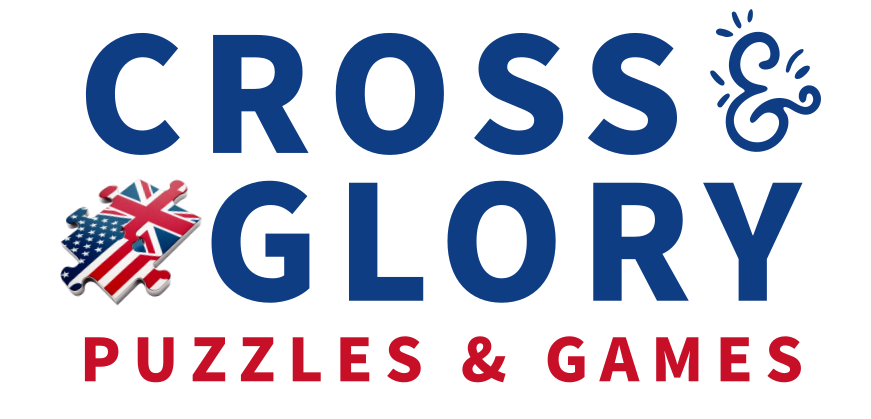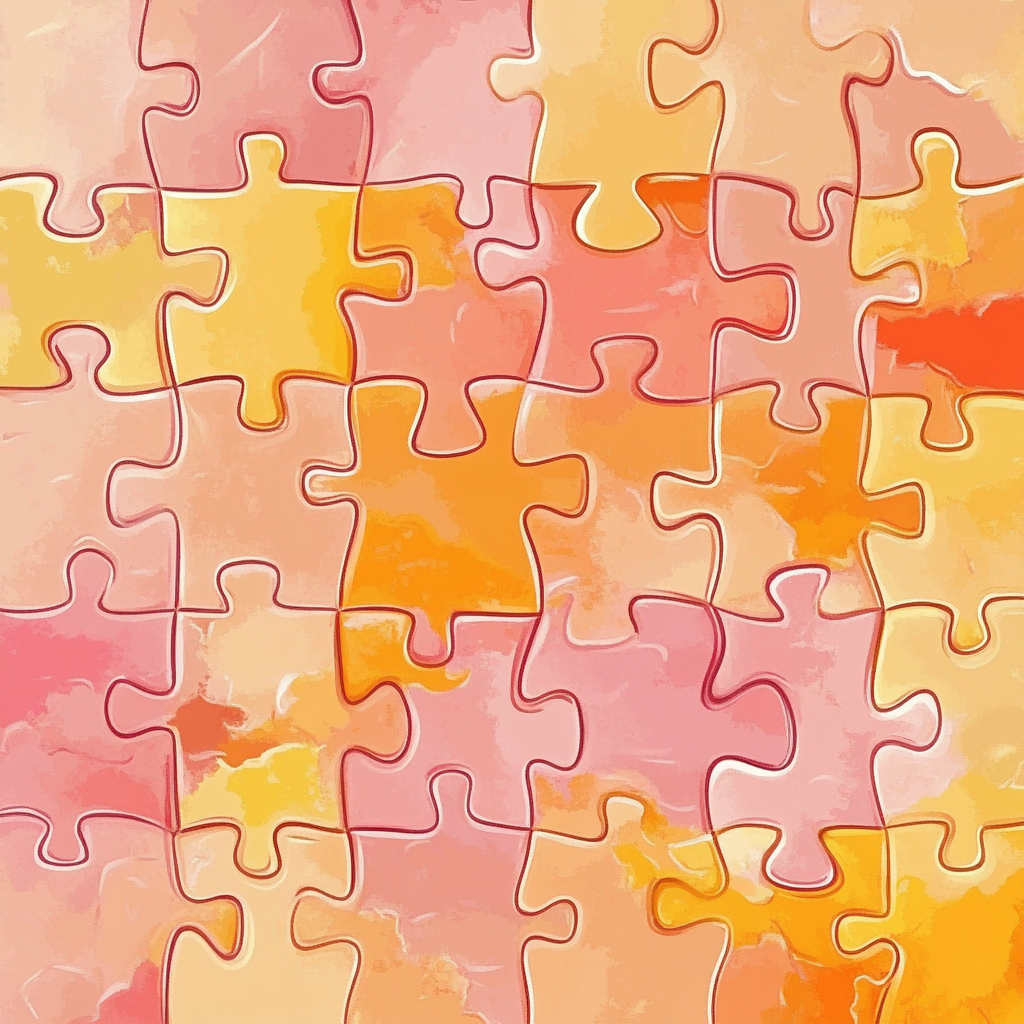Every puzzle tells a story, whether through its imagery, design, or the emotional connection it evokes. From whimsical illustrations to iconic works of art, the themes that captivate puzzlers often hold deeper meanings and histories. Let’s dive into the stories behind some of the most beloved puzzle themes and explore why they resonate with solvers of all ages.
1. The Charm of Literary Themes
Books and puzzles share a common trait: they invite you into a world of discovery. Puzzles inspired by literature often reflect the storytelling essence of the books they depict. Scenes from classic novels, intricate library settings, or even cryptic designs inspired by mystery novels engage puzzlers on multiple levels.
In some cases, puzzles themselves become part of the story, used as narrative devices by authors to symbolize problem-solving, mystery, or hidden truths. To explore how literature and puzzles intertwine, check out Puzzles in Literature: When Authors Use Puzzles as Narrative Devices.
2. The Nostalgia of Repetition
For many puzzlers, themes that evoke nostalgia—like vintage landscapes, childhood memories, or favorite pastimes—are particularly appealing. Re-solving puzzles with familiar themes can evoke the same comfort as re-reading a beloved book or re-watching a favorite movie. The act of revisiting a puzzle allows solvers to engage with it in a new way each time, noticing details they may have missed or applying refined techniques.
Learn more about why some people love returning to familiar puzzles in The Beauty of Repetition: Why Some People Love Re-Solving the Same Puzzles.
3. Nature and Fantasy: Universally Loved Themes
Nature puzzles—whether they depict serene landscapes, vibrant wildlife, or intricate floral arrangements—are among the most popular themes. They offer an escape into the beauty of the natural world, even if just for a moment. Similarly, fantasy-themed puzzles transport solvers into realms of imagination, with mythical creatures and magical settings that ignite creativity.
These themes often provide a balance of challenge and relaxation, with vibrant colors and distinct patterns that make solving both enjoyable and meditative.
4. Artistic Themes: A Tribute to Creativity
Puzzles featuring famous works of art or unique designs appeal to those who appreciate creativity and craftsmanship. From classic paintings by masters like Van Gogh to contemporary modern art, these puzzles transform renowned visuals into engaging challenges. Artistic puzzles often incorporate bold colors and intricate details, making them ideal for solvers who enjoy exploring textures and patterns.
5. Sorting Techniques for Themed Puzzles
Certain themes, like gradients, monochromatic designs, or highly detailed scenes, pose unique challenges. Using effective sorting methods—such as grouping by color, shape, or specific sections of the image—can make the process more enjoyable and manageable. For tips on choosing the best sorting strategy for your favorite themes, explore The Great Puzzle Debate: Sorting by Color or Shape? We Settle It Once and for All (Maybe).
Conclusion
The themes behind your favorite puzzles are more than just images—they’re stories waiting to be pieced together. Whether it’s the literary intrigue of a mystery, the nostalgia of a beloved memory, or the vibrant beauty of nature, these themes resonate because they connect us to emotions, ideas, and creativity. So the next time you work on a puzzle, take a moment to appreciate the story behind the image. Every piece you place brings that story to life, making the experience as meaningful as it is enjoyable.

